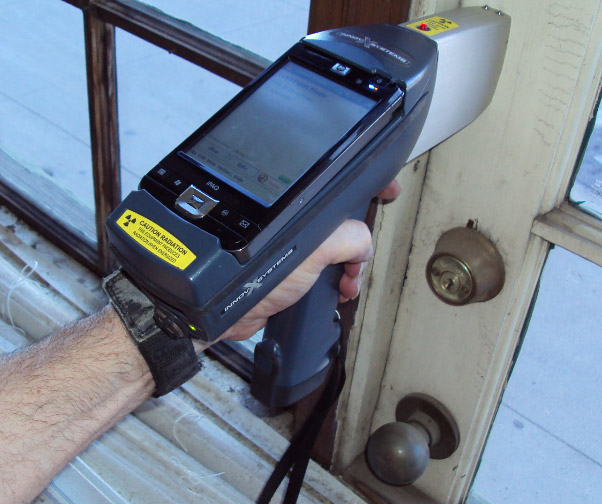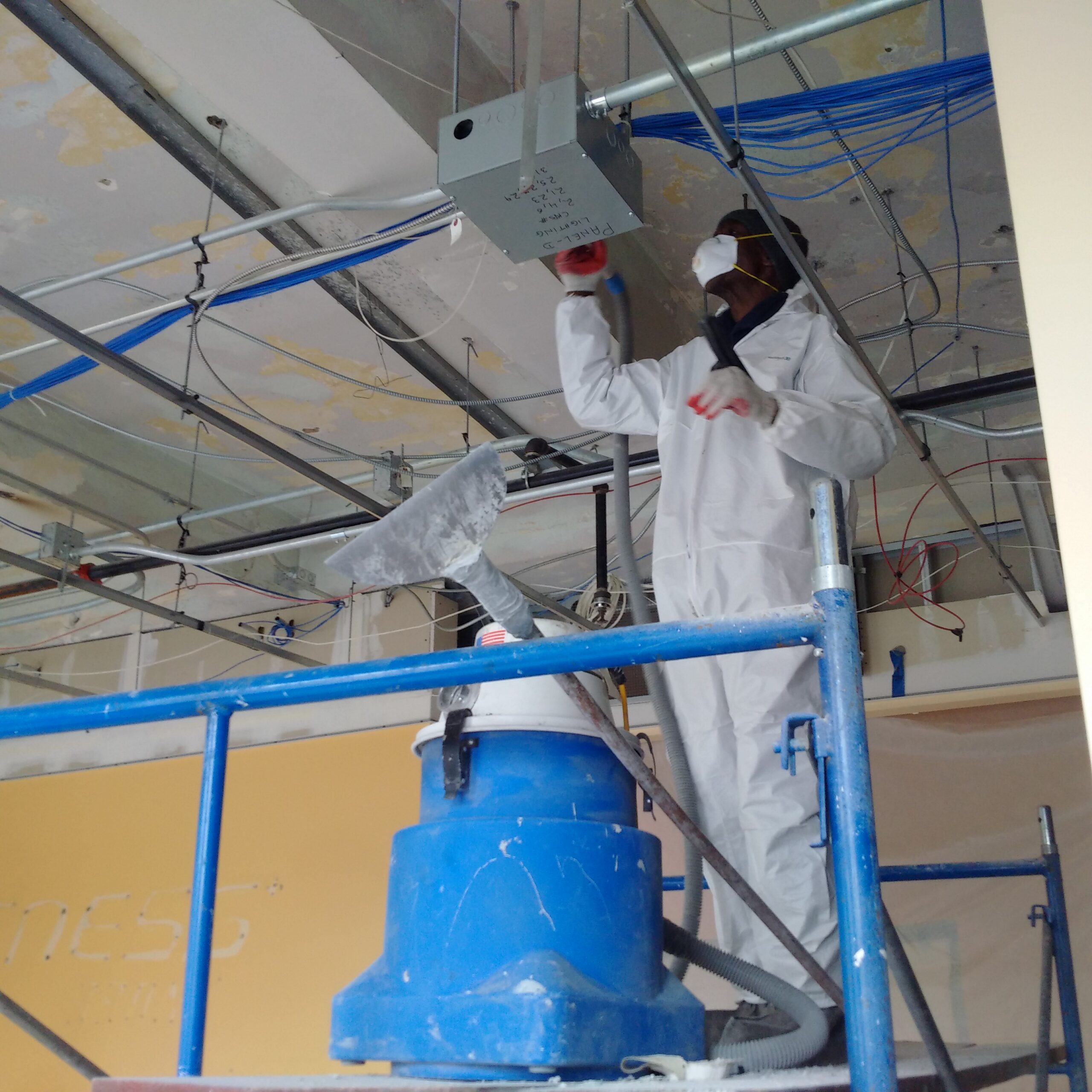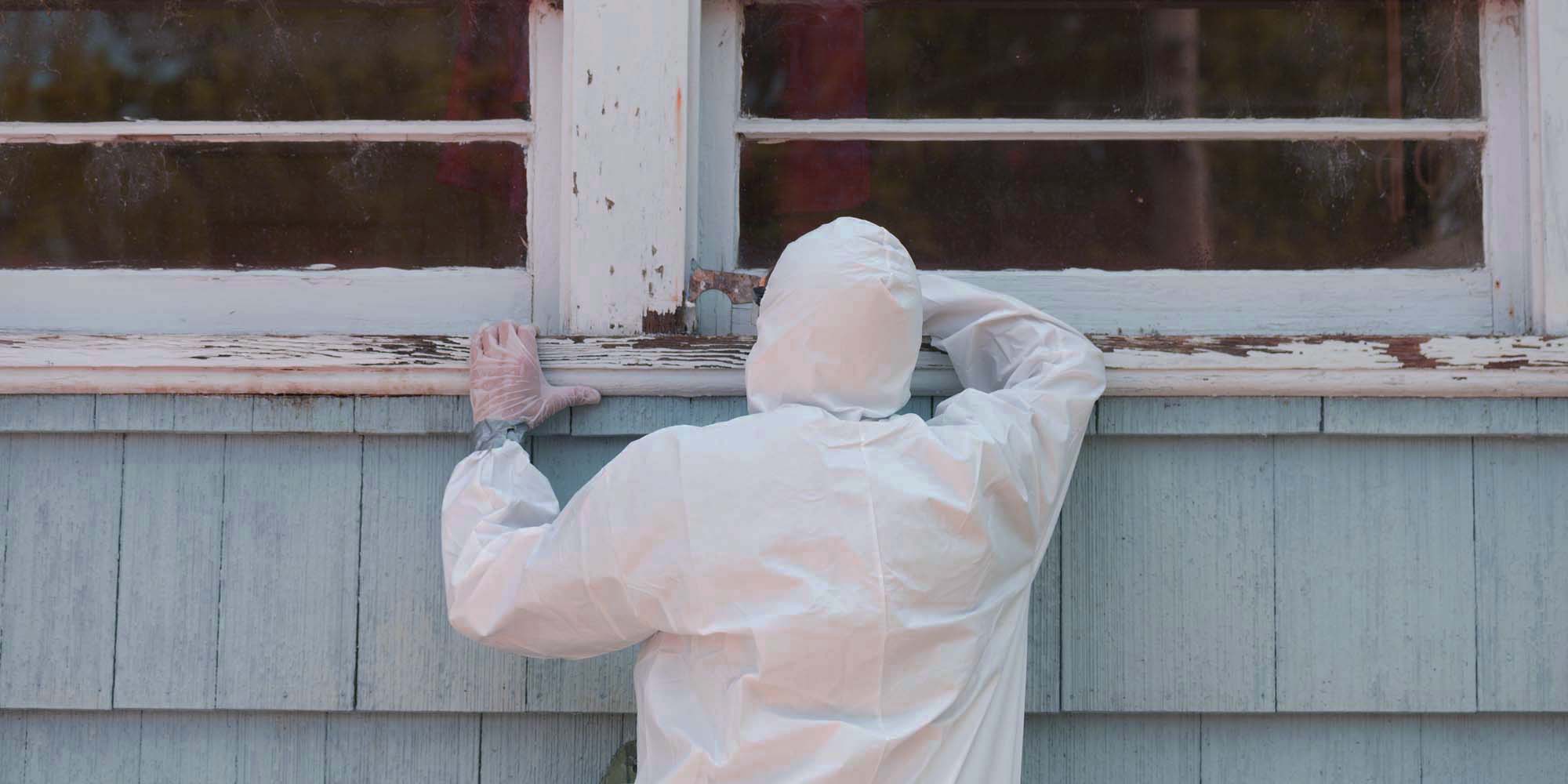Best Practices for Making Certain Safe and Extensive Lead Offense Abatement
Resolving lead offense reduction needs a multi-faceted technique to guarantee both safety and compliance. It's the last clearance procedure, including extensive evaluations and laboratory screening, that absolutely verifies a lead-free atmosphere, ensuring long-term safety and security. Exactly how do these methods interconnect to assure detailed lead abatement?

Initial Assessment
Carrying out a preliminary assessment is an essential initial step in lead offense abatement. This stage includes a detailed analysis of the residential property to identify the visibility, extent, and details places of lead-based threats. Qualified specialists, such as licensed lead inspectors or run the risk of assessors, should do a comprehensive website inspection, using devices like X-ray fluorescence (XRF) analyzers to precisely identify and measure lead focus in paint, dust, soil, and water.
The analysis must likewise consist of a review of the structure's background, previous reports, and any type of issues or health and wellness concerns reported by occupants - Lead Removal Contractors. Documenting the searchings for meticulously is vital, as these documents form the basis for establishing an efficient reduction strategy. A complete analysis also includes sampling and research laboratory evaluation, which are crucial to verify the visibility of lead and overview succeeding actions
Additionally, it is necessary to connect the results transparently to all stakeholders, including home proprietors, occupants, and governing authorities. By ensuring that the initial assessment is conducted with precision and rigor, experts can lay a strong foundation for a targeted and efficient lead abatement procedure, inevitably guarding public health and wellness and ensuring conformity with regulatory criteria.
Appropriate Containment
Correct control is important to prevent the spread of lead impurities during abatement tasks. Efficiently managing control reduces the threat of lead dust and particles moving to non-work areas, consequently protecting both the environment and individuals outside the immediate job zone.

Routine inspections of the control area are needed to check for violations or weaknesses in the barrier. Any kind of determined concerns ought to be without delay dealt with to keep the integrity of the control. By sticking to these methods, reduction projects can successfully regulate lead contamination and reduce affiliated health dangers.
Employee Protection
Making sure employee protection is vital throughout lead abatement jobs to stop work exposure to unsafe lead particles. Vital actions include using personal safety tools (PPE) such as respirators, handwear covers, and full-body suits particularly created to obstruct lead dirt and fumes. Workers ought to go through detailed training on the proper usage and maintenance of PPE, including in shape testing for respirators to make sure optimum efficiency.
Design controls, such as local exhaust ventilation systems, are essential in lessening air-borne lead focus in the job atmosphere. Management controls need to additionally be applied, consisting of restricting the period of direct exposure and revolving employees to lower specific direct exposure times. Normal clinical security and organic tracking are vital for early discovery of lead absorption, allowing timely treatment and therapy.
In addition, developing a purification procedure is crucial. Employees have to comply with rigid decontamination procedures before breaks and at the end of their change to avoid lead dirt from being brought outside the work location. This consists of detailed hand and face cleaning with lead-specific cleaning agents and transforming out of infected garments.
Precise Cleanup
Keeping a risk-free workplace expands beyond worker defense and includes precise cleanup to make certain lead bits are thoroughly gotten rid of from the site. The process of thorough clean-up is crucial in preventing the recontamination of the mellowed out area and guarding both present and future occupants.
To attain a detailed cleanup, all workspace need to be systematically sanitized. This involves making use of specialized HEPA (High-Efficiency Particulate Air) vacuum cleaner cleaners and wet-wiping strategies to catch and get rid of fine lead dirt that may have picked surfaces. It is necessary to clean all straight surfaces, including floorings, window sills, and counter tops, along with vertical surface areas that might have trapped lead bits.
Employees should put on appropriate personal informative post safety equipment (PPE) during clean-up to stay clear of exposure to residual lead dirt. Made use of cleaning materials such as wipes, sponges, and mop heads need to be dealt with in conformity with unsafe waste disposal policies.

Final Clearance
Last clearance is the vital ending stage of lead reduction that establishes whether the website is secure for reoccupation. This essential action entails thorough examination and screening to validate that all lead dangers have actually been official statement successfully gotten rid of.

Final clearance screening not just safeguards future residents but additionally makes sure compliance with neighborhood, state, and government policies. It serves as a documented recognition of the abatement contractor's adherence to sector finest techniques. Making sure an extensive and successful last clearance is important in safeguarding public wellness and fostering rely on the abatement procedure.
Final Thought
Ensuring risk-free and thorough lead infraction abatement requires a multifaceted technique incorporating preliminary analyses with advanced discovery methods, efficient control techniques, rigorous worker security methods, and precise clean-up treatments. The final clearance phase, including detailed assessments and research laboratory testing, is vital to validate compliance with EPA requirements. Adherence to these ideal techniques guarantees a risk-free setting for occupants, reduces health and wellness threats, and upholds regulatory demands, therefore advertising public wellness and safety and security in lead-affected areas.